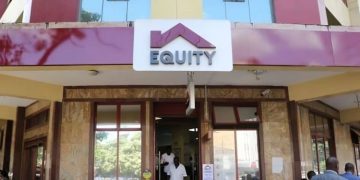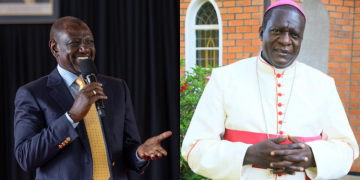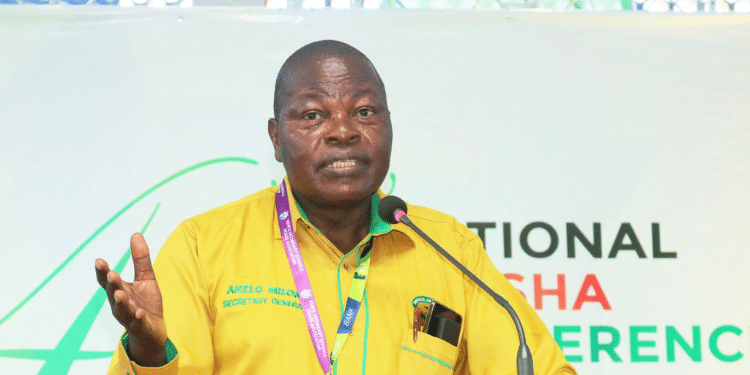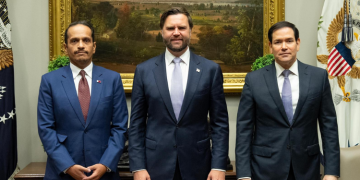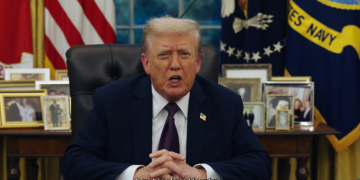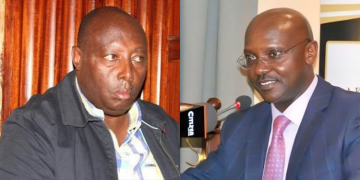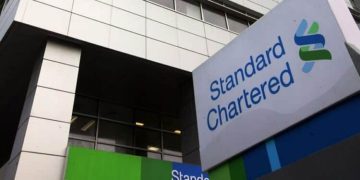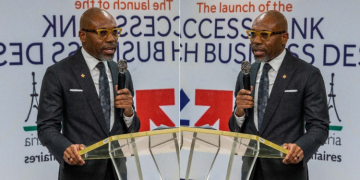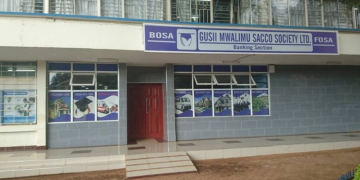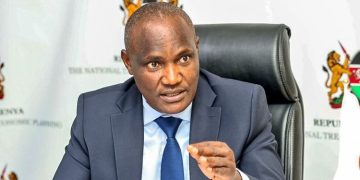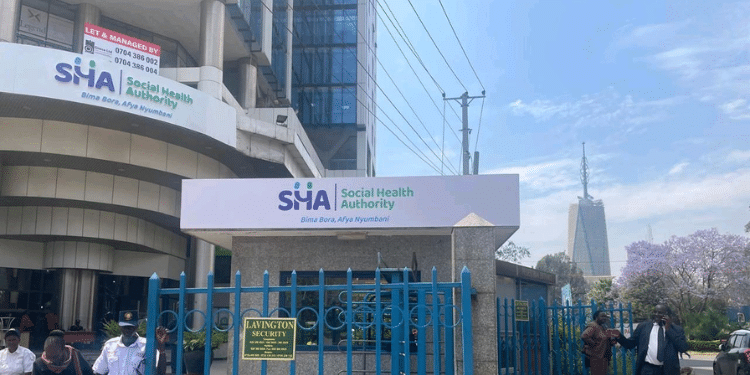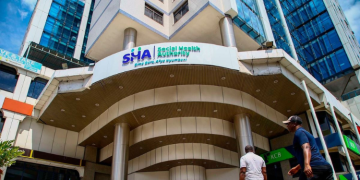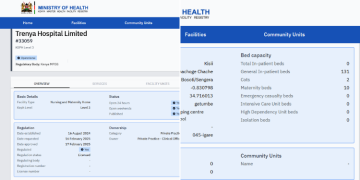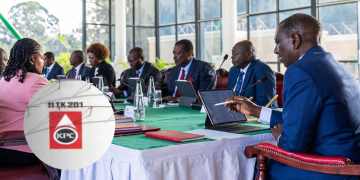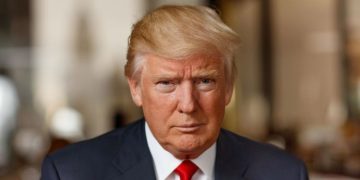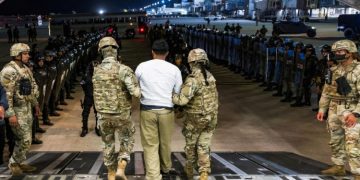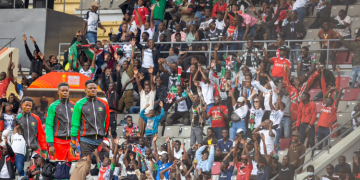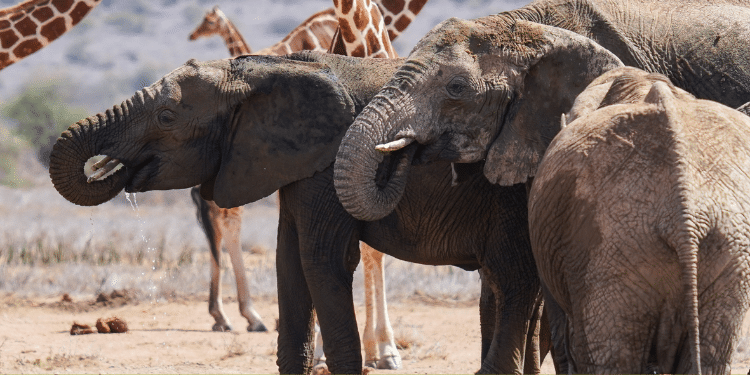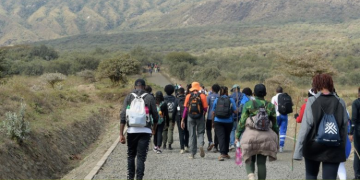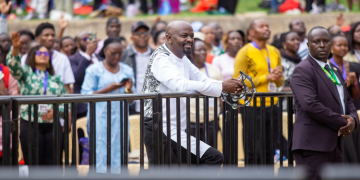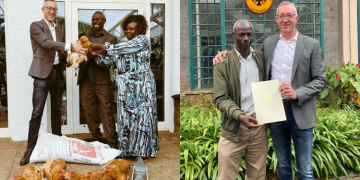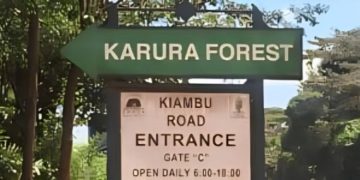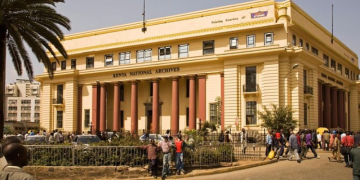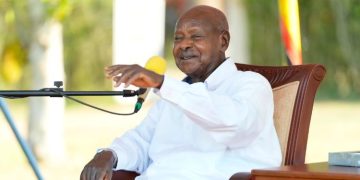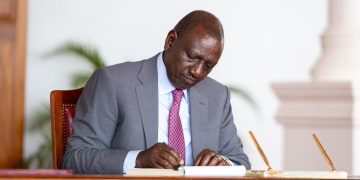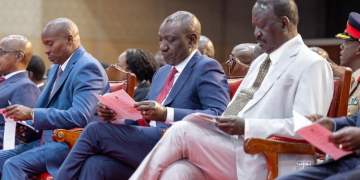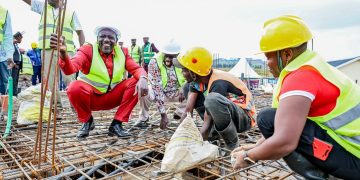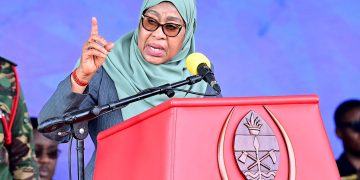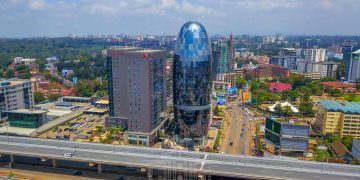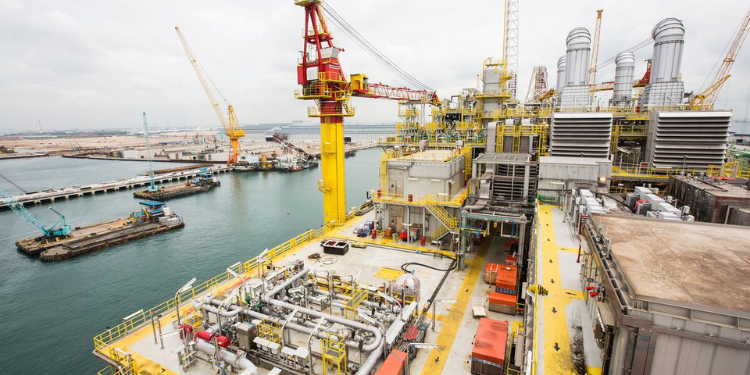Energy and Petroleum CS Opiyo Wandayi has announced the Kenyan government’s plans to start the exportation of crude oil by the end of 2026.
The plan involves the start of commercial production of the crude oil in the South Lokichar fields in Turkana by Gulf Energy Ltd.
This is not the first time the government has announced plans to start oil exportation. Earlier in 2024, the government indicated potential delays and pushed it to 2028 due to financing and partnership issues.
Gulf Energy Ltd is finalising its acquisition of Tullow Oil’s assets, and the Field Development Plan (FDP) is pending approval. The project is expected to produce between 60,000 and 100,000 barrels per day initially, with an estimated 560 million barrels recoverable over 25 years.
Also Read: Who Owns OLA Energy Kenya, Kenya’s 4th Largest Oil Marketer
This initiative aims to position Kenya as a player in the global oil market, capitalising on its estimated 560 million barrels of recoverable oil, according to CS Opiyo Wandayi.
Kenya’s National Assembly has presented concerns regarding the transparency of Tullow Oil’s Ksh15B ($120M) asset sale to Gulf Energy, noting potential impacts on Kenya’s oil ambitions.
Despite these concerns, the acquisition is reportedly in its final stages, with Gulf Energy poised to manage operations.
The estimated recoverable oil stands at 560 million barrels, with the oil initially in place (OIP) potentially reaching up to 4 billion barrels, though only a portion is extractable.
Field Development Plan and Approvals
The Field Development Plan (FDP) is a critical step, currently pending approval, as it awaits confirmation of financial and technical resources.
The process is important in the progression of the project as its outcome will significantly affect the 2026 timeline.
“Once we are convinced that they have all we want, we are going to approve the Field Development Plan (FDP) that will then usher the door or the commercial phase. By the end of 2026, we will be having the first product from Turkana heading to the coast or export,” he added.
The Energy and Petroleum Regulatory Authority (EPRA) is tasked with informing the approval process and progression to the Final Investment Decision (FID).
Also Read: Vivo Energy Faces Back-to-Back Revenue Drops in Kenya
Challenges facing oil exportation
Kenya’s journey to oil exportation has faced several challenges over the years.
A previous trial export of 240,000 barrels occurred in August 2019 under the Early Oil Pilot Scheme (EOPS), with an initial plateau production forecast of 120,000 barrels per day.
However, challenges such as funding hitches and the withdrawal of key partners like TotalEnergies and Africa Oil in 2023 led to delays.
CS Wandayi’s statements provide a huge boost to expectations, but the decision not to build a refinery, as the current deposits are uneconomical for refining and it’s better to import, adds another layer of complexity.
Follow our WhatsApp Channel and X Account for real-time news updates.


